This article gives an overview of column level SQL Server encryption using examples.
Read more »
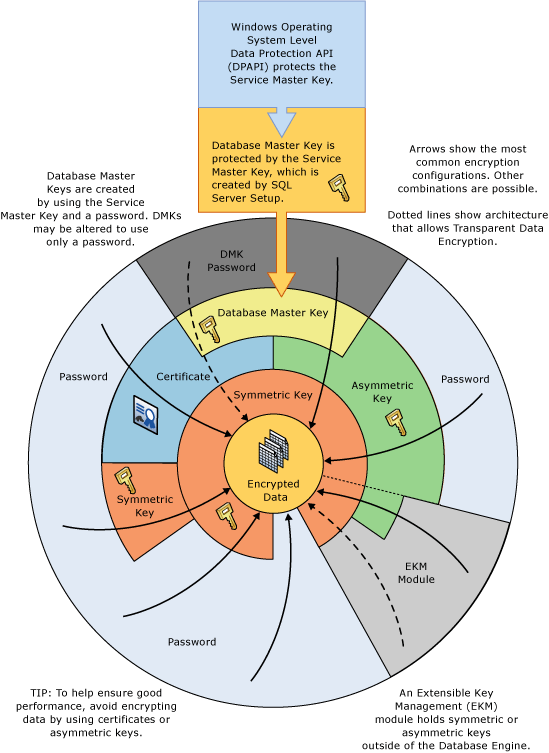


This article gives an overview of column level SQL Server encryption using examples.
Read more »
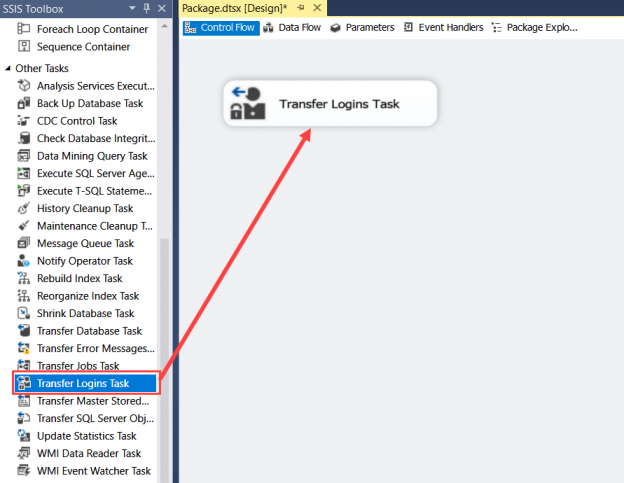
In this article, I am going to explain how we can transfer logins to the secondary replica of the Always On availability group using sp_help_revlogin and Transfer Logins Task of the SQL Server Integration Services package.
Read more »
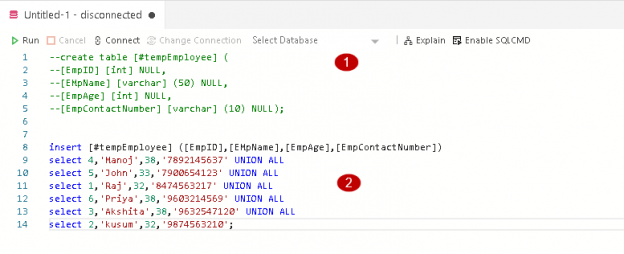
This article explores different ways to generate data scripts using Azure Data Studio and SQL Server Management Studio.
Read more »
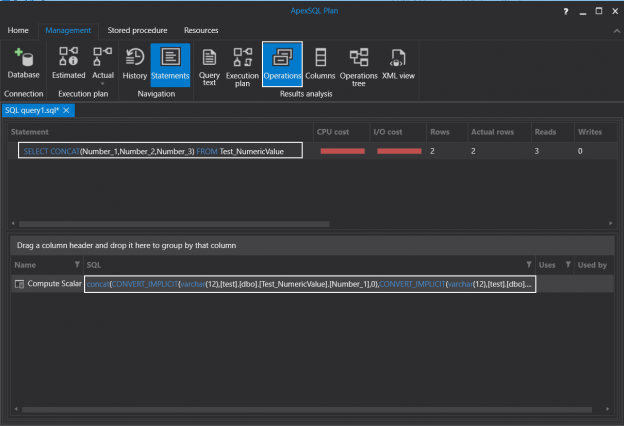
In this article, we will explore the syntax, working mechanism and other details of the CONCAT function in SQL and we will also make up various different examples about it.
Read more »
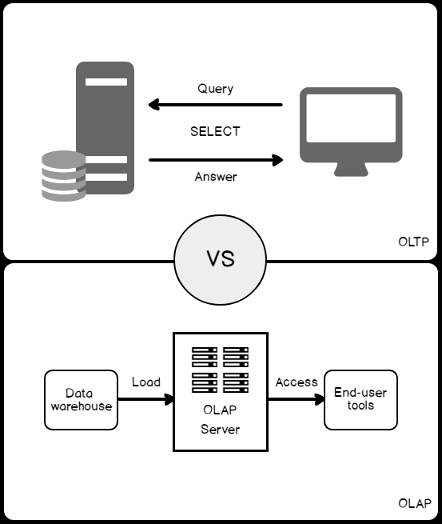
In this article, we will discuss the most important points that we should consider when designing an optimal SQL index. Before going through the index design procedure, let us revise the SQL Server index concept.
Read more »

This article is a supplement to the previously published article, An overview of SQL String Functions . This time, we will describe another bunch of SQL string functions used in SQL Server.
Read more »
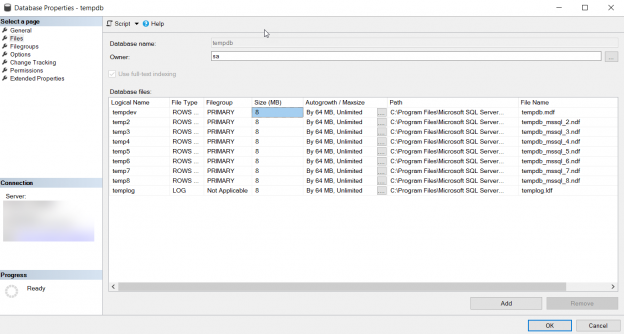
In this article, we will discuss the best practices that should be followed in order to keep the TempDB database in a healthy state and prevent any unexpected growth of the database, in addition to the procedure that can be followed to detect this unexpected growth once occurred.
Read more »
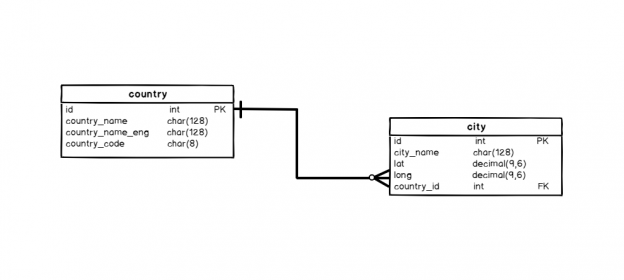
The SELECT statement is probably the most important SQL command. It’s used to return results from our database(s) and no matter how easy that could sound, it could be really very complex. In this article, we’ll give an intro to the SELECT statement and we’ll cover more complex stuff in the upcoming articles.
Read more »

One of the most asked questions is how to link an OLAP cube with a relational database, or in another way how to join the result of an MDX query with a table stored in a relational database.
Read more »
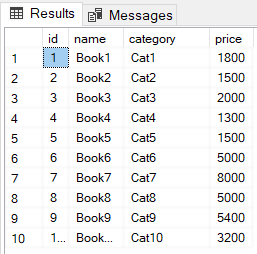
The SQL CREATE INDEX statement is used to create clustered as well as non-clustered indexes in SQL Server. An index in a database is very similar to an index in a book. A book index may have a list of topics discussed in a book in alphabetical order. Therefore, if you want to search for any specific topic, you simply go to the index, find the page number of the topic, and go to that specific page number. Database indexes are similar and come handy. Particularly, if you have a huge number of records in your database, indexes can speed up the query execution process. There are two major types of indexes in SQL Server: clustered indexes and non-clustered indexes.
Read more »
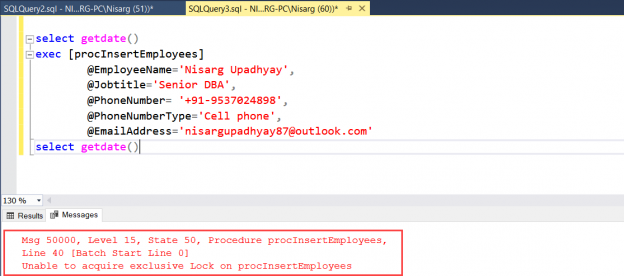
This article explains about the sp_getapplock and sp_releaselock stored procedures and their usage with example.
Read more »
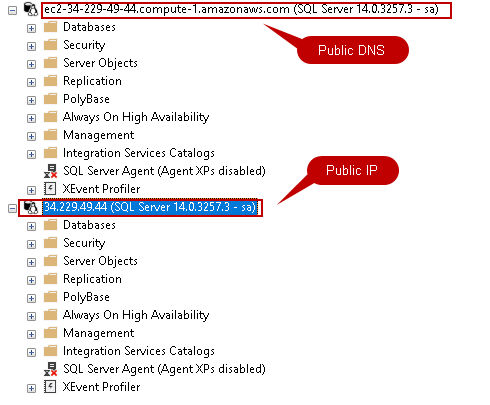
This article installs SQL Server on Linux on the Amazon EC2 instance with Red Hat OS prepared in the earlier article.
Read more »

The sp_executesql is a built-in stored procedure in SQL Server that enables to execute of the dynamically constructed SQL statements or batches. Executing the dynamically constructed SQL batches is a technique used to overcome different issues in SQL programming sometimes. For example, when we want to determine the displayed columns in our reports, this procedure might be a solution option for us. In the simplest sense, this procedure takes a dynamically constructed SQL batch and other parameters, then execute it in the runtime and, finally, it returns the result.
Read more »
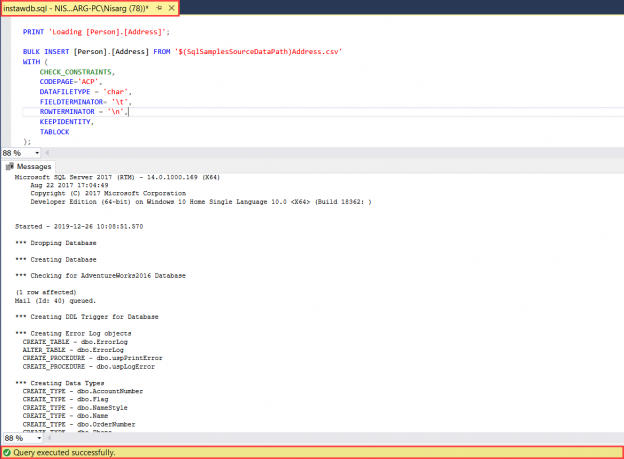
This article explains the process of installing the AdventureWorks2016 and AdventureWorksDW2016 sample database on a stand-alone instance of SQL Server and Azure SQL Server. The sample databases were published by Microsoft to demonstrate how to design a database using SQL Server. Microsoft has also published another lightweight database named AdventureworksLT, which can be used as a sample database on Azure SQL Server.
Read more »
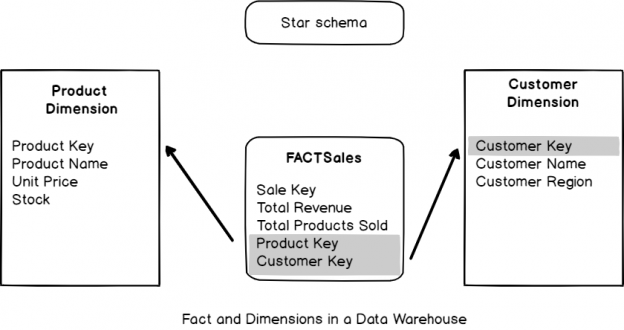
This article talks about basic concepts of SQL unit testing from a Data Warehouse point of view using tSQLt, a highly productive and acclaimed SQL unit testing framework.
Read more »

In the previous article, we talked about the primary key (PK). In this one, we’ll check what is the foreign key (FK) and how it’s related to the primary key. This is the final step, after creating tables, inserting data, and defining primary keys, to cover all basics related to the database theory. There is much, much more than this, but if you understand these concepts, everything else is just expanding your knowledge around these basics.
Read more »
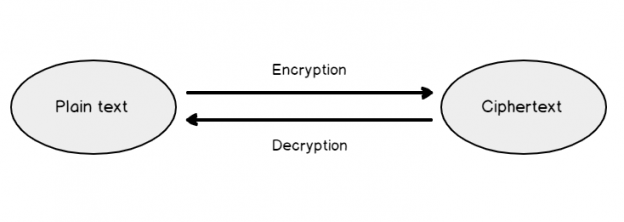
This article explores the Python scripts for encrypting and decrypting passwords in SQL Server using Azure Data Studio SQL Notebooks.
Read more »

2019 was a great year for the SQL Shack community, and 2020 is shaping up to be just as exciting. Thanks to our writers – SQL professionals and community members, we continue to spread the knowledge around the SQL community.
Read more »

In this article, we will explore the STRING_AGG function in SQL and we will also reinforce our learning with various examples. STRING_AGG function can be counted as a new member of the SQL aggregation functions and it was announced in SQL Server 2017. STRING_AGG function gathers all expression from rows and then puts it together in these rows expression in order to obtain a string. Additionally, this function takes a separator parameter that allows separating the expressions to be concatenated.
Read more »
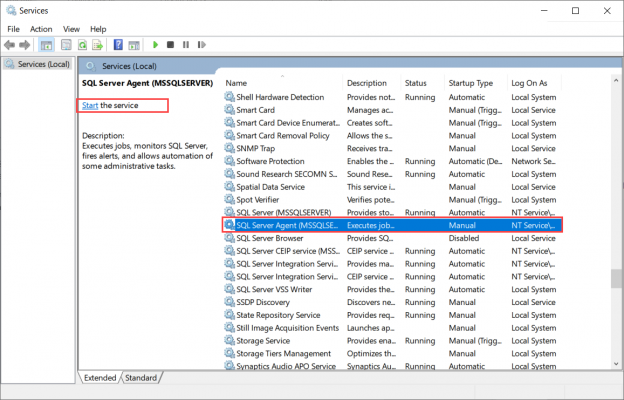
This article explains how we can fix SQL Server error “Agent XPs Disabled”. Before we dive into troubleshooting and methods for fixing the error, let me explain about Microsoft SQL Server Agent and the Agent XPs configuration parameter.
Read more »
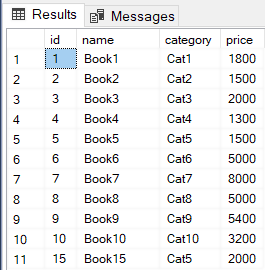
The rollback SQL statement is used to manually rollback transactions in MS SQL Server.
Read more »
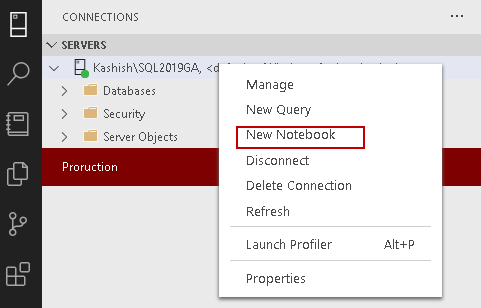
This article explores the Python SQL scripts in SQL Notebook of Azure Data Studio.
Read more »
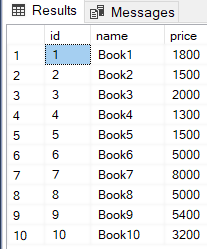
A SQL injection attack is one of the most commonly used hacking techniques. It allows hacks to access information from a database that is otherwise not publically accessible.
Read more »

In this article, we will try to give a brief overview of the SQL string functions used in SQL Server and we will provide some examples.
Read more »

The sp_executesql stored procedure is used to execute dynamic SQL queries in SQL Server. A dynamic SQL query is a query in string format. There are several scenarios where you have an SQL query in the form of a string.
Read more »© 2025 Quest Software Inc. ALL RIGHTS RESERVED. | GDPR | Terms of Use | Privacy